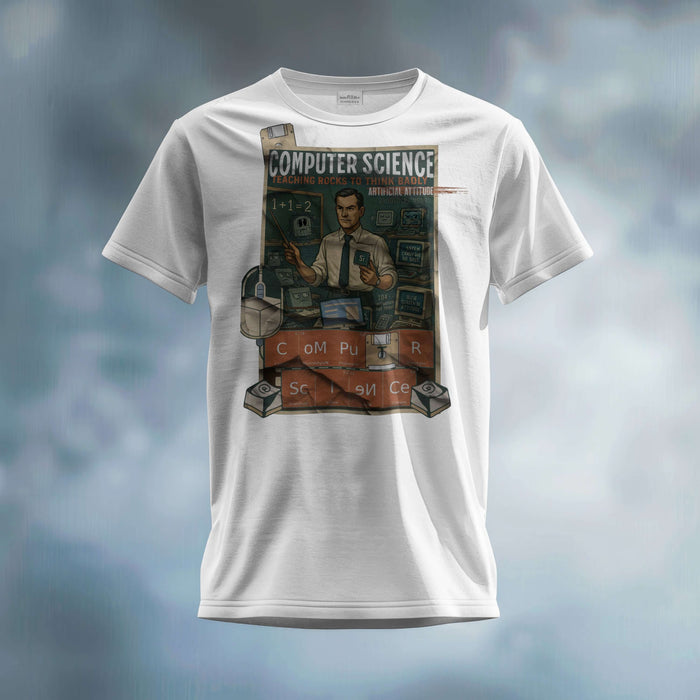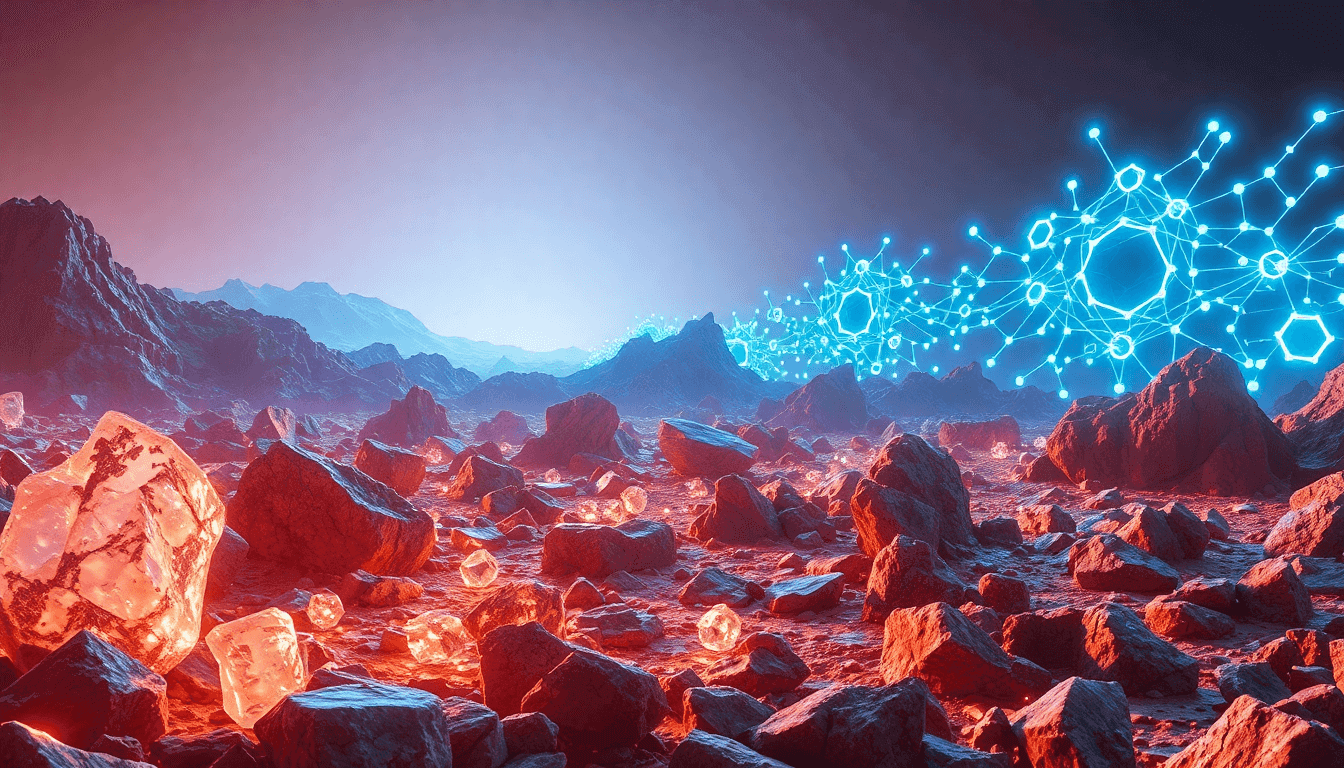In the ever-evolving landscape of technology, the journey from raw materials to intelligent systems is a captivating tale of human ingenuity and scientific exploration. This blog post will take you on a remarkable odyssey, tracing the transformation of humble rocks and minerals into the foundations of modern computing and the rise of artificial intelligence.

Rocks and Minerals
At the very heart of our technological revolution lies the unassuming world of geology. The key to unlocking the secrets of computing can be found in the Earth's crust, where a diverse array of minerals and elements lay dormant, waiting to be harnessed for their remarkable properties.
Among these natural wonders, silicon stands out as the unsung hero. This ubiquitous element, derived from the most abundant mineral on our planet – quartz – has become the cornerstone of modern electronics. From the early days of transistors to the cutting-edge microprocessors that power our smartphones and supercomputers, silicon has been the backbone of the digital revolution.
From Rocks to Silicone
The journey from raw silicon to the sophisticated materials that enable our technological marvels is a testament to human ingenuity. Through meticulous mining, refining, and processing techniques, the once-humble silicon is transformed into the high-purity, crystalline form essential for semiconductor fabrication.
This transformation, however, is just the beginning. The next step in the evolution of silicon-based technology was the development of silicone – a synthetic polymer derived from silicon and oxygen. Silicone's unique properties, such as its flexibility, heat resistance, and insulating capabilities, have made it an indispensable material in a wide range of applications, from medical devices to aerospace engineering.
Silicone to Semiconductors
The true breakthrough in the story of silicon's ascent came with the invention of the semiconductor. By harnessing the unique electronic properties of silicon, scientists and engineers were able to create the fundamental building blocks of modern computing: the transistor.
The transistor, a tiny switch that can amplify or control electrical signals, paved the way for the development of integrated circuits and microprocessors. These advancements, in turn, led to the exponential growth of computing power, ushering in the digital age and laying the groundwork for the emergence of artificial intelligence.
The Rise of Artificial Intelligence
The journey from rocks to silicone to semiconductors has been a long and winding road, but it has ultimately culminated in the rise of artificial intelligence. The foundations of AI can be traced back to the early computational theories and algorithms developed in the mid-20th century, which sought to mimic the human brain's ability to learn and process information.
As computing power grew exponentially, driven by the advancements in semiconductor technology, the field of AI began to flourish. Machine learning algorithms, inspired by the neural networks of the brain, were able to tackle increasingly complex problems, from image recognition to natural language processing.
Current AI Landscape
Today, the AI landscape is a vibrant and rapidly evolving ecosystem, with a wide range of applications and technologies. From the ubiquitous virtual assistants that reside in our smartphones to the sophisticated machine learning models that power autonomous vehicles, AI has become an integral part of our daily lives.
The future of AI holds even greater promise, as researchers and engineers continue to push the boundaries of what is possible. Advancements in areas like deep learning, reinforcement learning, and quantum computing are paving the way for even more powerful and versatile AI systems that can tackle some of the world's most pressing challenges.
Conclusion
The journey from rocks to silicone to artificial intelligence is a testament to the human spirit of exploration and innovation. By harnessing the fundamental building blocks of our planet, we have been able to create technologies that have transformed the world around us, and the journey is far from over.
As we continue to push the boundaries of what is possible, it is important to reflect on the remarkable path that has brought us to this point. From the humble beginnings of raw materials to the cutting-edge of artificial intelligence, the story of technology is a captivating and ever-evolving narrative that will continue to shape the future of our world.
















